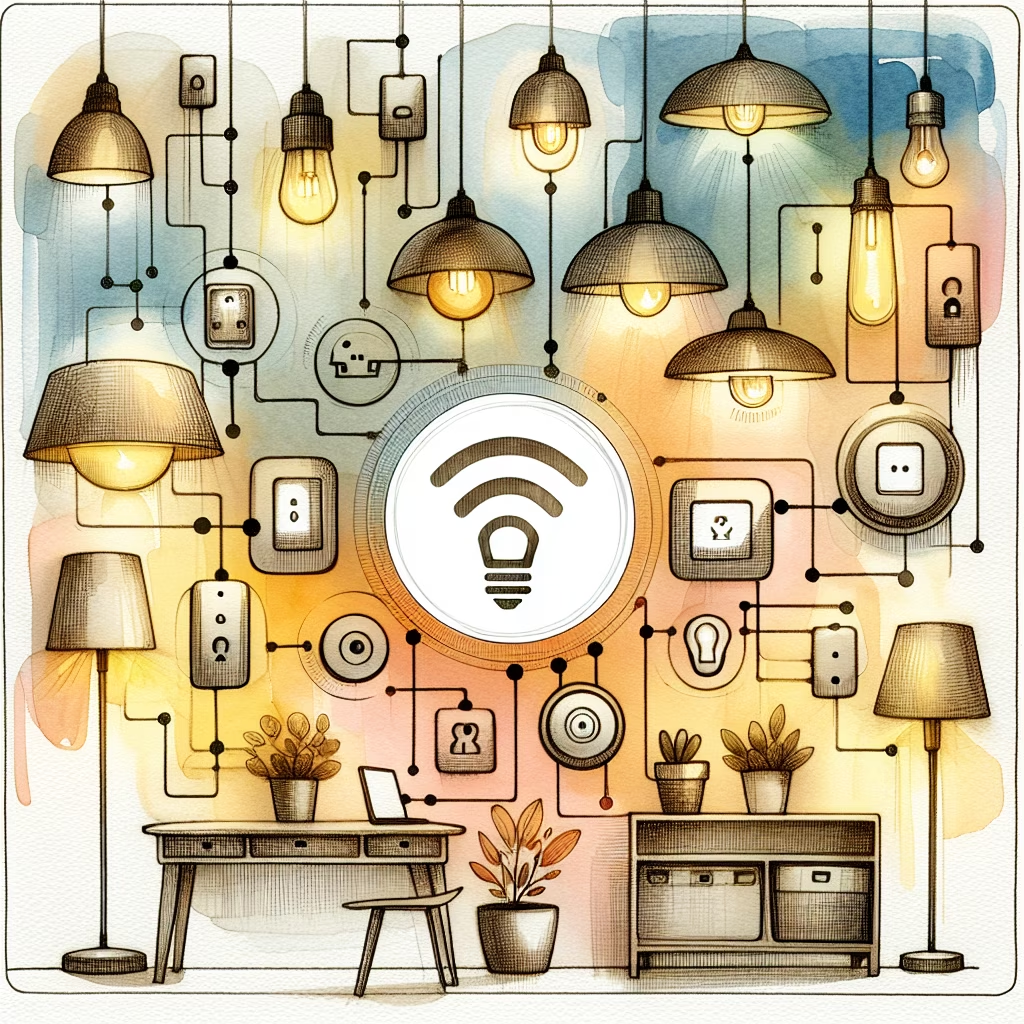
Designing a smart home lighting system involves selecting the right components, understanding your needs, and planning the installation process. This guide will walk you through the steps to create an efficient, convenient, and energy-saving smart lighting setup. We'll cover the basics of smart lighting, the benefits, the types of products available, and practical tips to ensure your smart lighting system meets your needs and enhances your living experience.
Designing a smart home lighting system involves choosing the right smart bulbs and switches, understanding your needs, and planning the installation. Key benefits include energy savings, convenience, and enhanced control over your home environment. Follow these steps to create a smart lighting system that works for you: assess your needs, choose the right products, plan your setup, install and configure your devices, and optimize for energy efficiency and convenience.
Before diving into the world of smart lighting, it's crucial to understand your specific needs and goals. Consider the following questions:
There are various smart lighting products available, each with its own set of features and benefits. Here are some popular options:
Planning your smart lighting setup involves deciding where to place your smart bulbs, switches, and sensors. Here are some tips:
Once you have your products and plan in place, it's time to install and configure your devices. Follow these steps:
To get the most out of your smart lighting system, consider these tips:
As someone who has spent considerable time researching and implementing smart home technology, I can confidently say that smart lighting is one of the most impactful upgrades you can make. It not only adds convenience and energy savings but also enhances the overall ambiance of your home. Here are a few additional tips:
Designing a smart home lighting system is a rewarding project that can significantly improve your home's functionality and energy efficiency. By following this guide, you'll be well on your way to creating a smart lighting setup that meets your needs and enhances your living experience. Happy lighting!
You can also watch this video tutorial for a visual guide:
A comprehensive guide on how to prepare for the SAT in 2024, including effective strategies, ...
This document outlines how small teams can develop an effective remote work strategy in 2024, ...
Learn how to create engaging educational content for YouTube in 2024 with this comprehensive guide. ...
This comprehensive guide provides strategies and tips to improve your graphic design skills using Adobe ...
A comprehensive guide on how to improve home energy efficiency for lower bills, covering heating ...
A comprehensive guide for beginners on how to start investing in the stock market. Learn ...